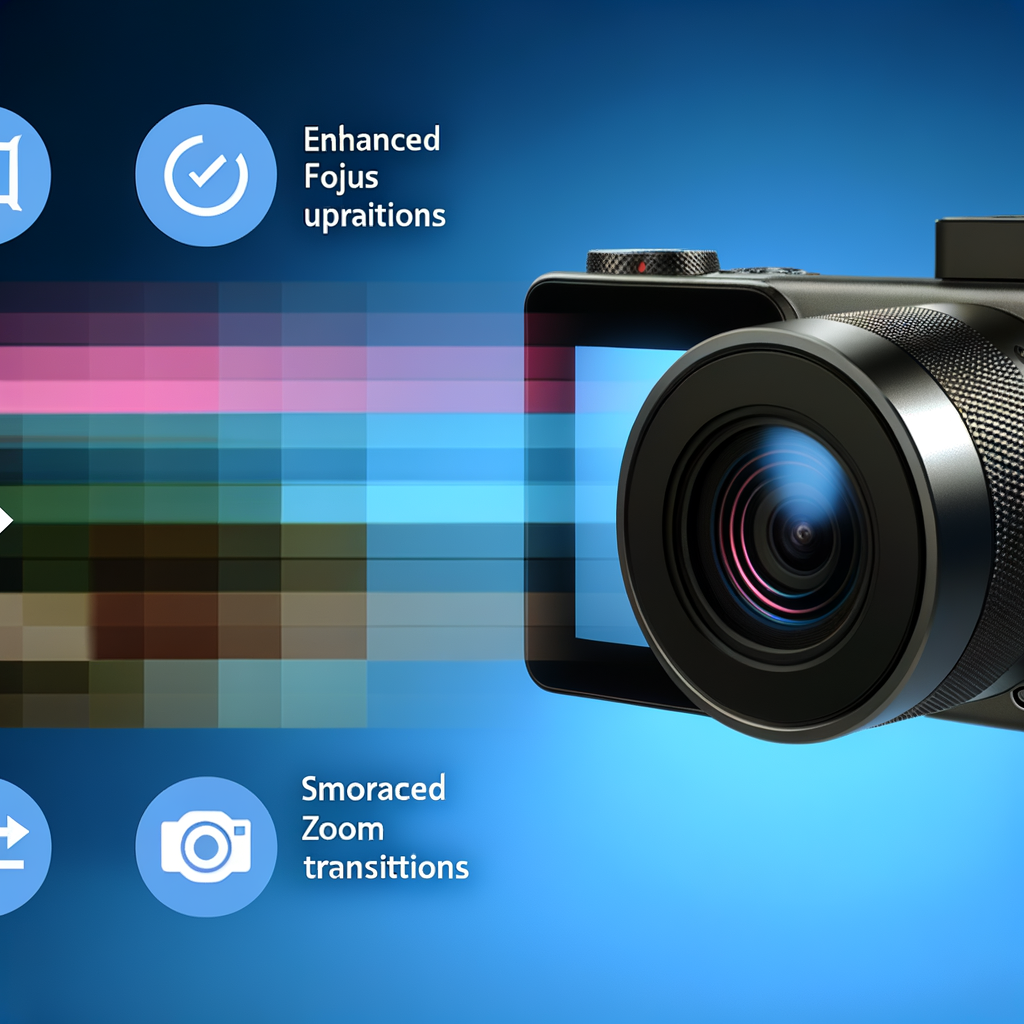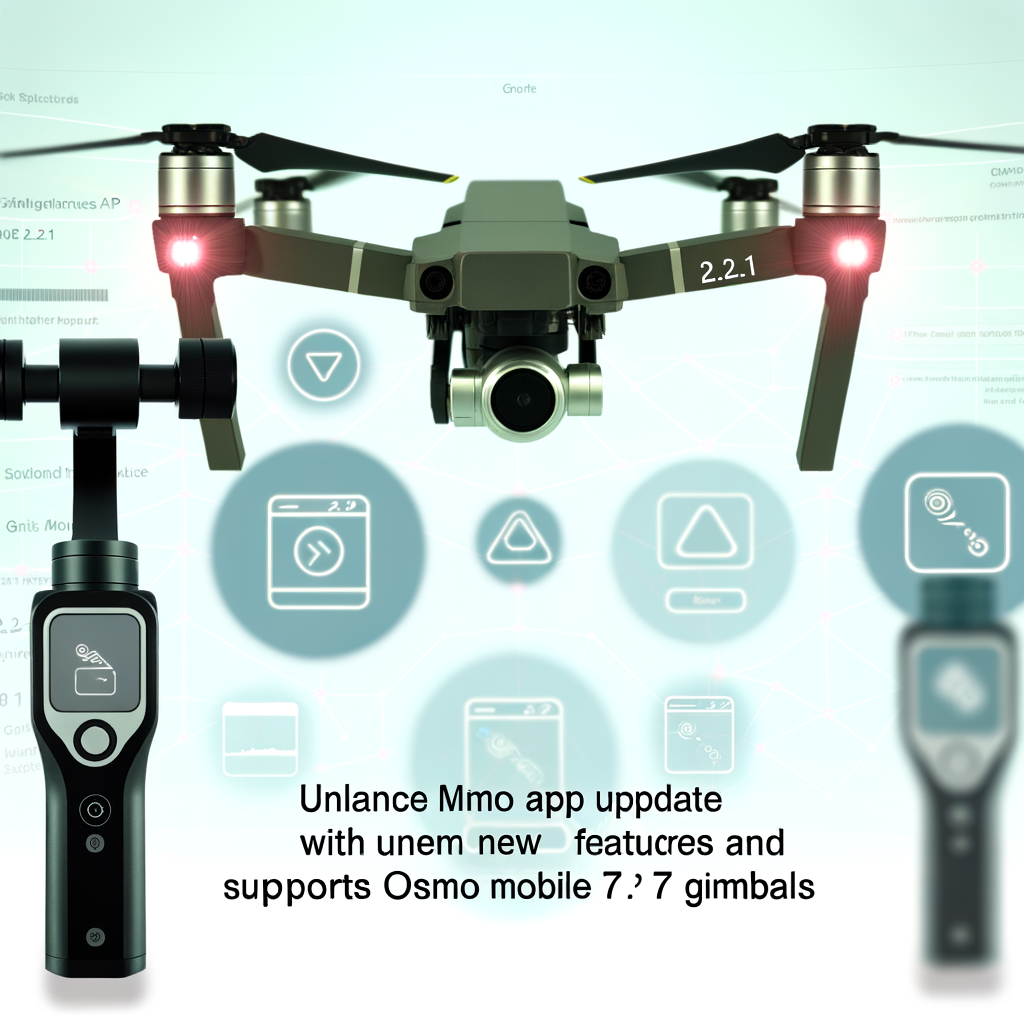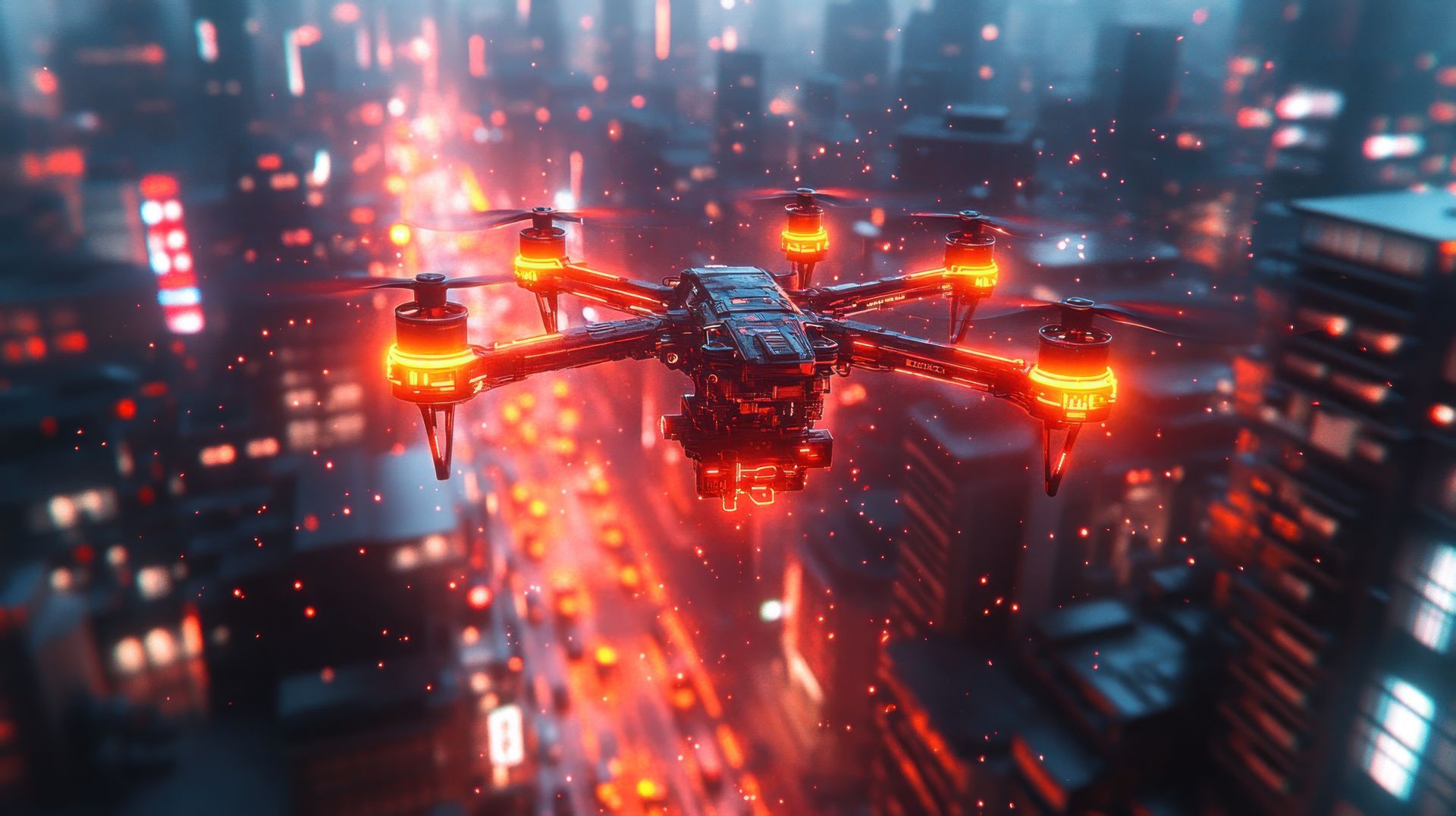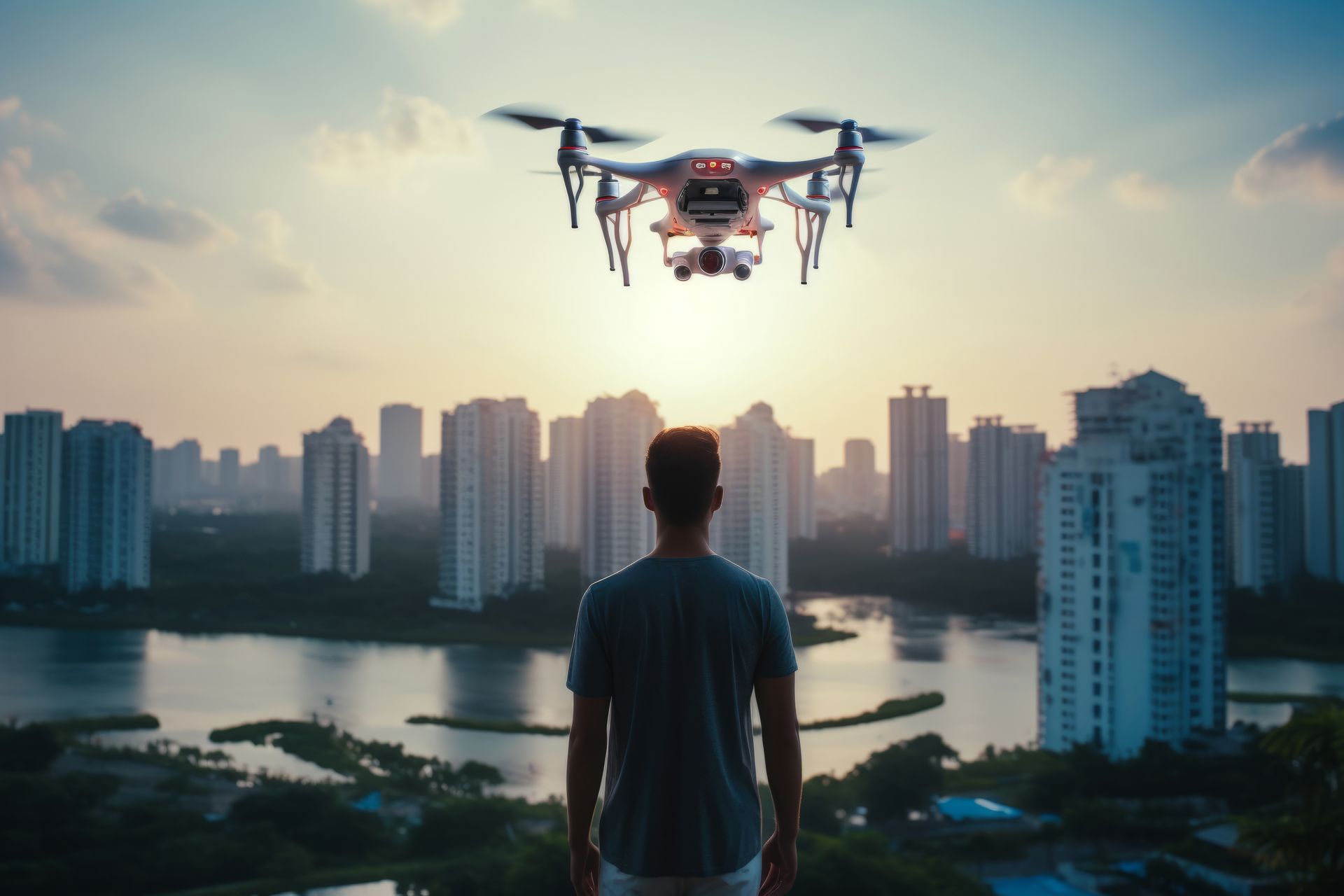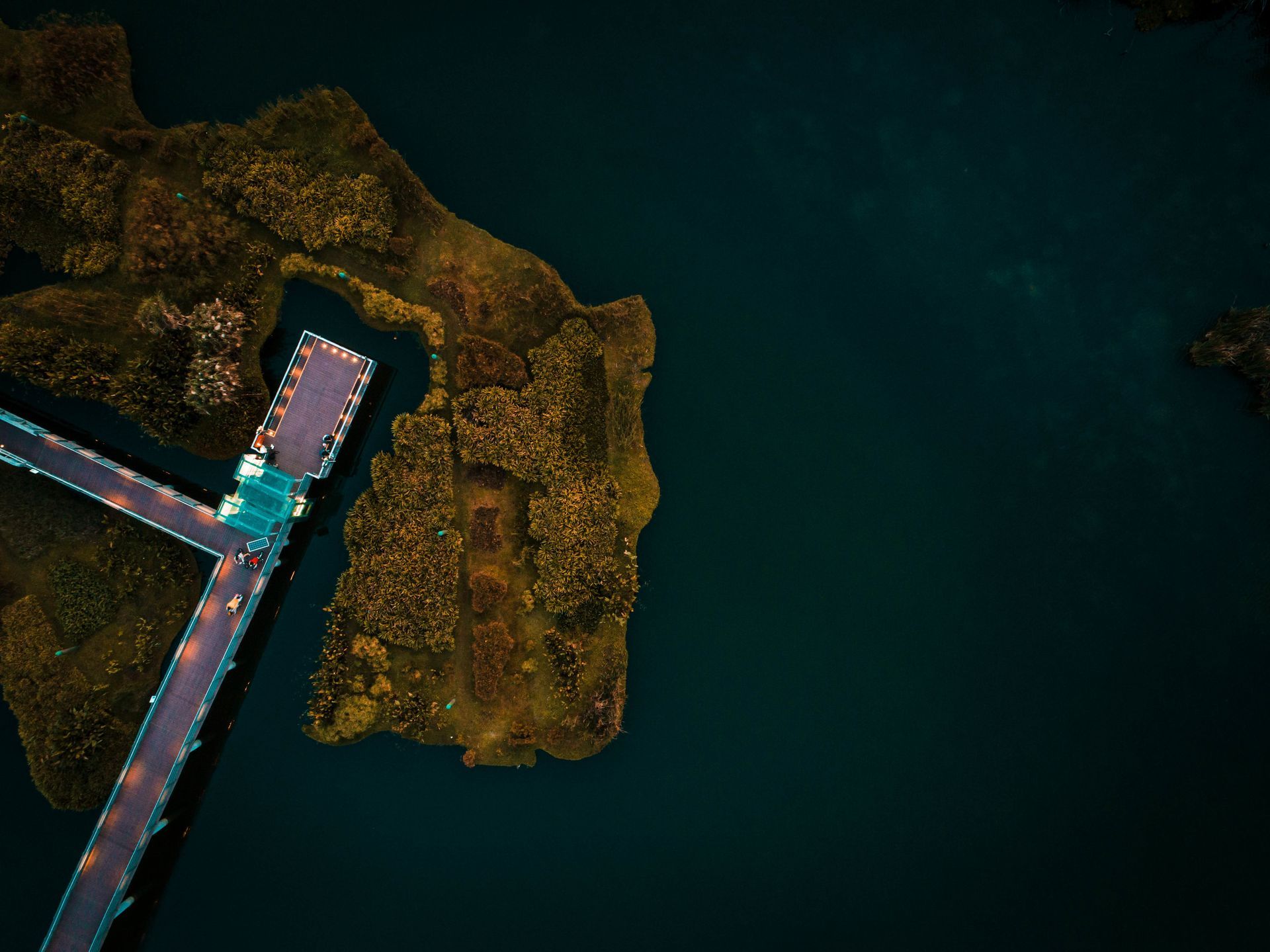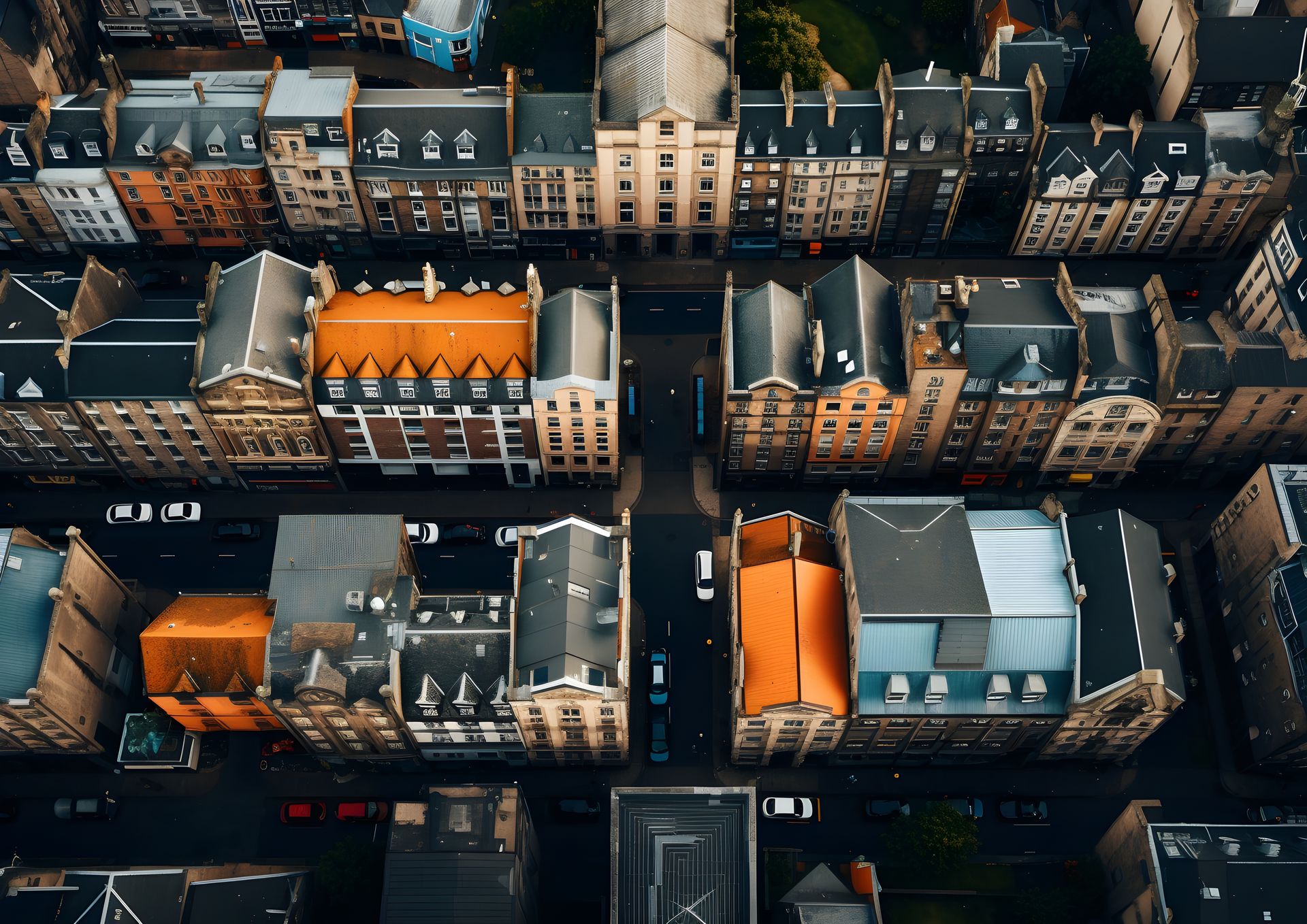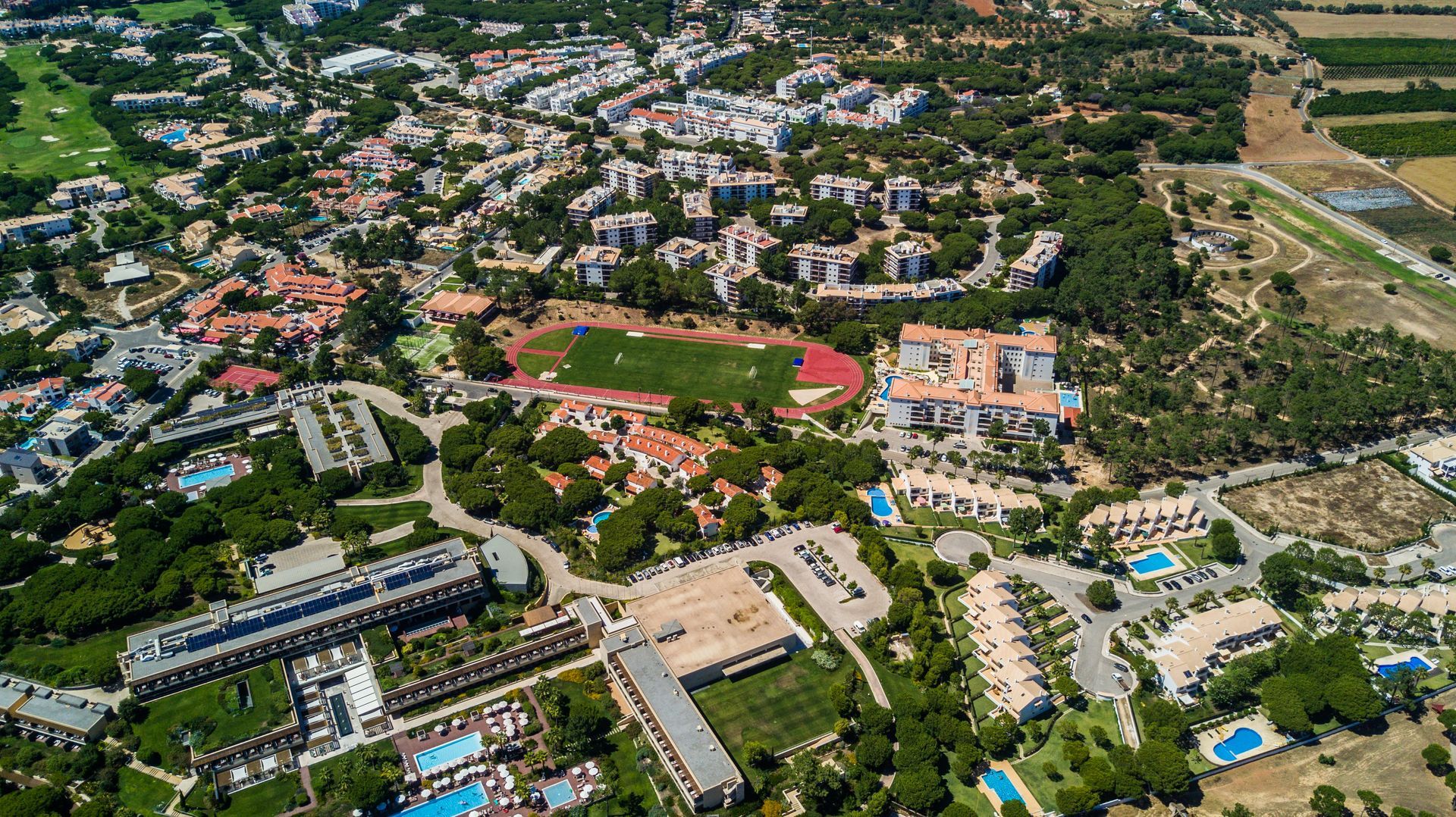Revolutionising Industries: Drones In Agriculture
Drones have swiftly integrated into various sectors, revolutionising traditional practices and pushing the boundaries of what was once thought possible.

Drones have swiftly integrated into various sectors, revolutionising traditional practices and pushing the boundaries of what was once thought possible. One industry that has witnessed a significant transformation is agriculture. Drones are changing the way farmers manage their crops, monitor their fields, and make informed decisions to enhance productivity. These unmanned aerial vehicles provide a bird's-eye view, offering invaluable insights that were previously unimaginable.
Agricultural drones equipped with high-resolution cameras and specialised sensors can capture detailed images of crops. These images are then analysed to identify areas of concern, such as pest infestations, nutrient deficiencies, or irrigation problems. This data-driven approach enables farmers to take timely and targeted actions to address issues, optimise resource usage, and maximise yield.
Drones are particularly beneficial in large-scale farming operations, where manual inspection of vast areas is time-consuming and labour-intensive. By deploying drones, farmers can survey their entire field in a fraction of the time, making their operations more efficient and cost-effective. Furthermore, drones aid in creating precision maps, allowing farmers to create precise planting patterns and make informed choices regarding seed distribution and fertilisation.
The integration of drones in agriculture is not just a technological advancement; it's a leap towards sustainable and responsible farming. By optimising the use of pesticides, fertilisers, and water, farmers can minimise their environmental impact and contribute to a more sustainable food production system. As drone technology continues to evolve, we can expect even more sophisticated applications, further revolutionising the agricultural landscape and ensuring a brighter, more efficient future for farmers and consumers alike.


